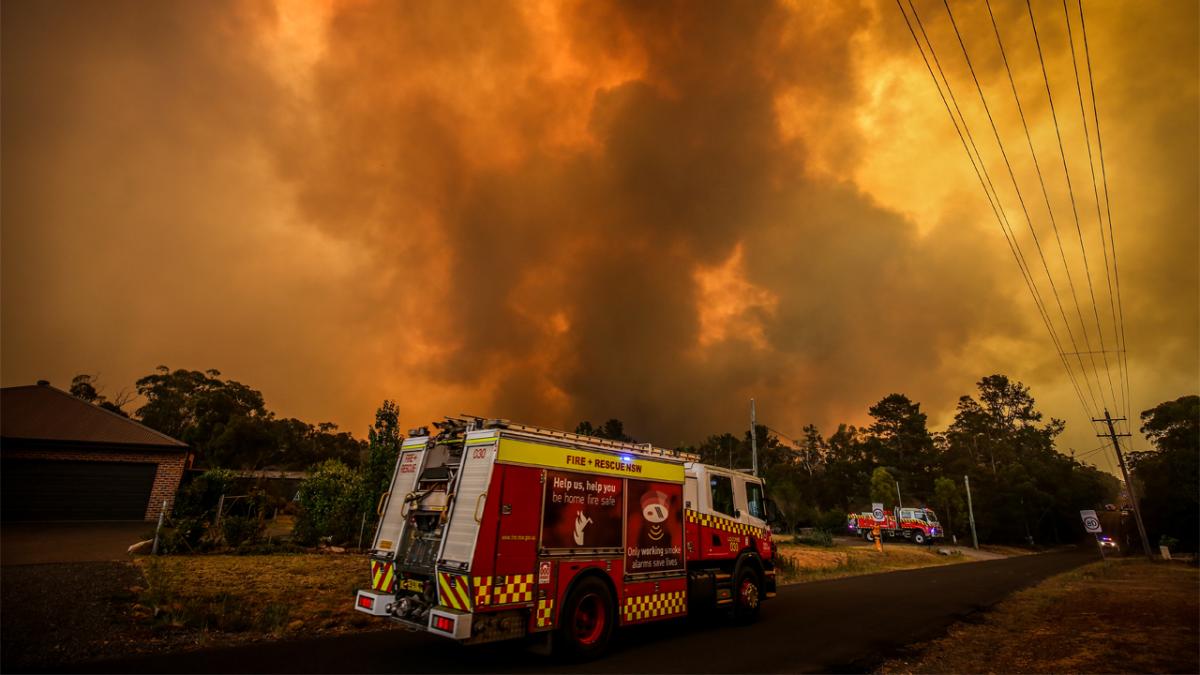
Australians have endured three years of heavier-than-usual rainfall, cooler and cloudier summers, damper winters, mouldy homes, muddy festivals and deadly, devastating floods thanks to climate-driving wench La Niña. But now that she’s finally leaving our shores, things could get a lot worse in 2023 as El Niño is on his way over.
Australia’s climate could swing from the Big Wet to one of the hottest and driest El Niños on record.
The latest climate models used by the Bureau of Meteorology have already shown signs of an impending El Niño and have indicated ocean surface temperatures may exceed El Niño thresholds by June.
Scientists say it’s still too early to tell for sure, but after three consecutive La Niñas, the ocean is primed for a major shift.
“The Pacific must be quite charged with heat ready to have an El Niño,” senior CSIRO climate scientist Cai Wenju told Guardian Australia.
“I wouldn’t be surprised if we had an El Niño by the end of the year.”
The US National Oceanic and Atmospheric Administration — another predicted of climate drivers — last month gave El Niño a two-in-three chance of forming by August-October. Wow, we cannot catch one single break.
If this becomes an El Niño year, the trade winds that have recently blown rain and storms to Australia will reverse and bring with them a much greater risk of extreme heatwaves, droughts and bushfires.
After witnessing the effects of Australia’s Black Summer megafires in 2019-20 and knowing that air-conditioning is not a legal requirement in rental properties, let me just say, I am terrified.
We can take some solace in the fact that four consecutive La Niñas — which has never been recorded — is almost guaranteed not to happen. But can we just have some normal weather for once? Apparently not. And the way climate change is heading, maybe we never will again.
But even in a La Niña year 2022 was on track to be the fifth or sixth hottest year on record (the final data hasn’t yet been released).
This means if El Niño does arrive, 2023 could be the world’s hottest year on record.
That’s it. That’s the article. Just let that sink in.



